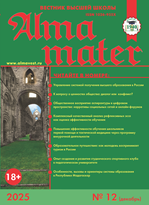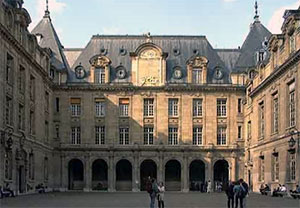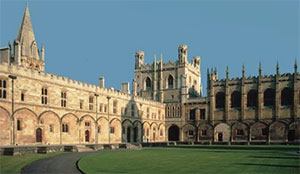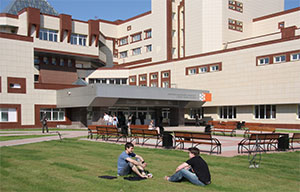https://doi.org/10.20339/AM.09-18.115
O.M. Shentsova is Cand.Sci. (Pedagogy), doc. e-mail: shenolga@yandеx.ru; and O.M. Veremey is Cand.Sci. (Pedagogy), doc. e-mail: o.veremey@mail.ru at G.I. Nosov’s Magnitogorsk State Technical University
Stated is the problem of formation of educational environment of high schools of creative orientation. Given is brief survey of researches in the field of formation of educational environment, characterized is the notion of “educational environment”, exposed is it’s structure, one of main components of which is spatial and subject component component. In detail examined is inter-connection of town-planning, functional, space-planning and architectural and art parameters with elements of environmental filling. The article includes structural diagram of architectural and art educational environment, developed by the authors, scheme of functional zoning of building on example of architectural and art higher education institution, scheme of planning structures on example of existing analogs of high schools of creative orientation, and also scheme of design model of spatial environment of architectural and art higher education institution.
Key words: architectural and art educational environment, high school of creative orientation, spatial and subject filling.
References
1. Andreyev, N.V. Art and educational environment at faculty of architecture and design: concept, components, contents. New ideas of new century. 2014. Vol. 2. Pp. 307–313.
2. Belyaev, G.Yu. Formation of the term “educational environment” in psychology and pedagogical literature of the end of 20th – beginning of 21st centuries. URL: http://dzd.rksmb.org/science/bel06.htm
3. Gubin, V.A., Avdiyenko, G.Yu. Factors of educational environment influencing development of identity of student. Psycho-pedagogics in law enforcement agencies. 2015. No. 2 (61). Pp. 26–32.
4. Kvashnin, N.N. Formation of universal design model of the spatial environment of architectural and art higher education institution. URL: http://book.uraic.ru/project/conf/txt/005/archvuz14_pril/42/template_art...
5. Kovalyov, G.A. Psychological development of child and vital environment. Problems of psychology. 1993. No. 1. Pp. 13-23.
6. Kulyutkin, Yu.N. Educational circle and development of personality. Moscow, 2000.
7. Lebedenko, I.M. Educational environment of MVD of Russia educational institution. Moscow, 2011.
8. Mondonen, O.Yu. Influence of educational environment of teacher training college on professional self-determination of students. URL: http://www.analiculturolog.ru/archive/item/355 - article_46.html
9. Ryabova, V.K. Architectural formation of the educational environment of buildings of creative higher education institutions. Ekaterinburg, 2012.
10. Shentsova, O.M. Development of interest in training by creation of emotional and comfortable educational environment. Open education. 2017. No. 6. Pp. 92–104.
11. Shentsova, O.M. Organization of educational environment and it’s impact on quality of vocational training of students studying in the direction of “Architecture”. Architecture. Building. Education. 2012. No. 1. Pp. 230–240.
12. Shentsova, O.M., Kayumova, N.A., Krasnova, T.V., Usataya, T.V., Usatiy, D.U., Deryabina, L.V. Modeling students creativity development in practice of higher education in Russia. Indian Journal of Science and Technology. 2016. No. 29. P. 95393.
13. Yasvin, V.A. Educational environment: from modeling to design. Moscow, 2001. 365 р.











.png)






